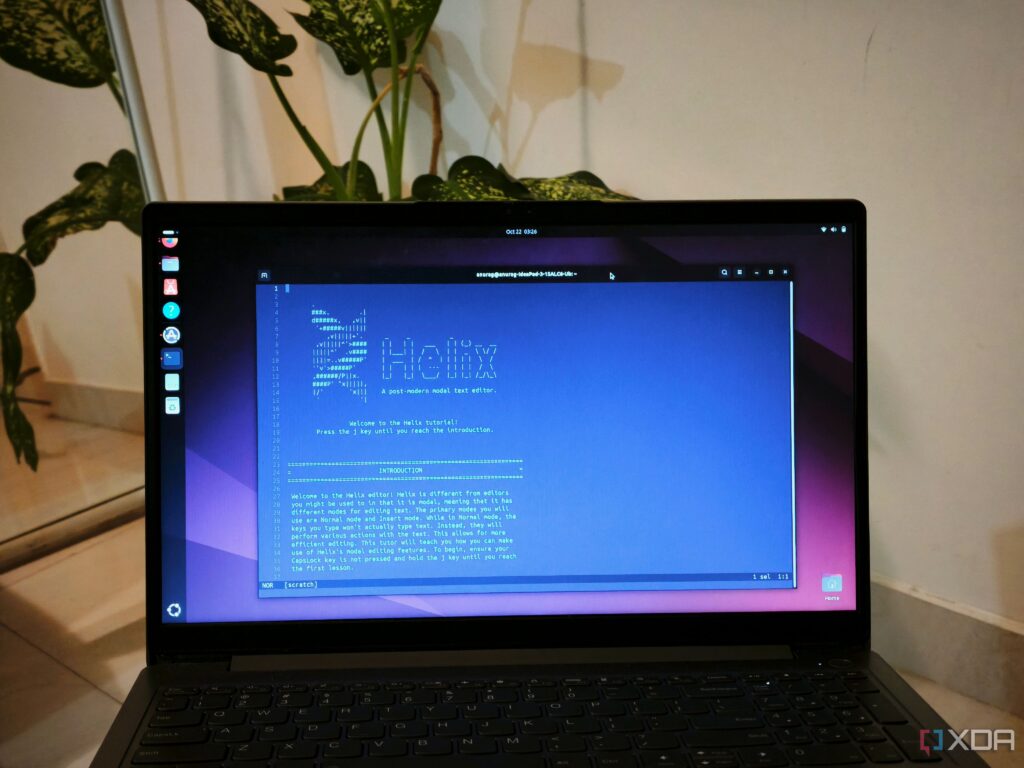
UPDATE: The Linux community is buzzing as the new Helix text editor surges in popularity, with users citing its powerful features and ease of use. This terminal-based tool is transforming workflows, challenging established editors like Vim and Emacs.
Helix, built in Rust, is gaining traction for its out-of-the-box functionality that requires minimal setup. Unlike its predecessors, Helix includes essential features such as syntax highlighting, fuzzy file searching, and built-in support for multiple programming languages without the need for extensive configuration. This significant shift is making it easier for developers to dive right into their projects.
The editor’s design draws inspiration from the acclaimed Kakoune, with a focus on simplicity and functionality. Developer insights reveal that Helix’s design decisions align closely with Kakoune, which has garnered attention for its modal editing approach. Users are experiencing faster editing processes with Helix’s unique multicursor system, allowing simultaneous modifications across various parts of a document. This streamlined method is particularly appealing for those coming from Vim backgrounds.
Helix is not just about speed; it offers integrated features typically found in IDEs. With first-class support for the Language Server Protocol, users benefit from intelligent code completion and real-time error checking, enhancing productivity significantly. This integration allows Helix to automatically utilize available language servers, improving the coding experience.
Additionally, the lightweight nature of Helix means it operates smoothly on modest hardware and within remote sessions. This efficiency stands in stark contrast to heavier editors like VS Code, which can bog down systems. Helix maintains a minimal footprint, making it an excellent choice for developers looking for a responsive and resource-efficient tool.
Helix’s accessibility is further enhanced by its built-in interactive tutorial, which helps new users familiarize themselves with the keybindings and features without the steep learning curve commonly associated with modal editors. This commitment to user experience is a game changer, especially for those new to Linux.
As Helix gains momentum, its developers are considering future enhancements, including optional plugin support, which could expand its already impressive capabilities.
For those looking to revolutionize their text editing experience, Helix is proving to be a compelling alternative that combines the best of speed, efficiency, and user-friendly design. With its rapid rise in popularity, Helix is set to become a staple in the Linux community.
Stay tuned for ongoing updates as the Helix text editor continues to evolve and impact developers worldwide.







